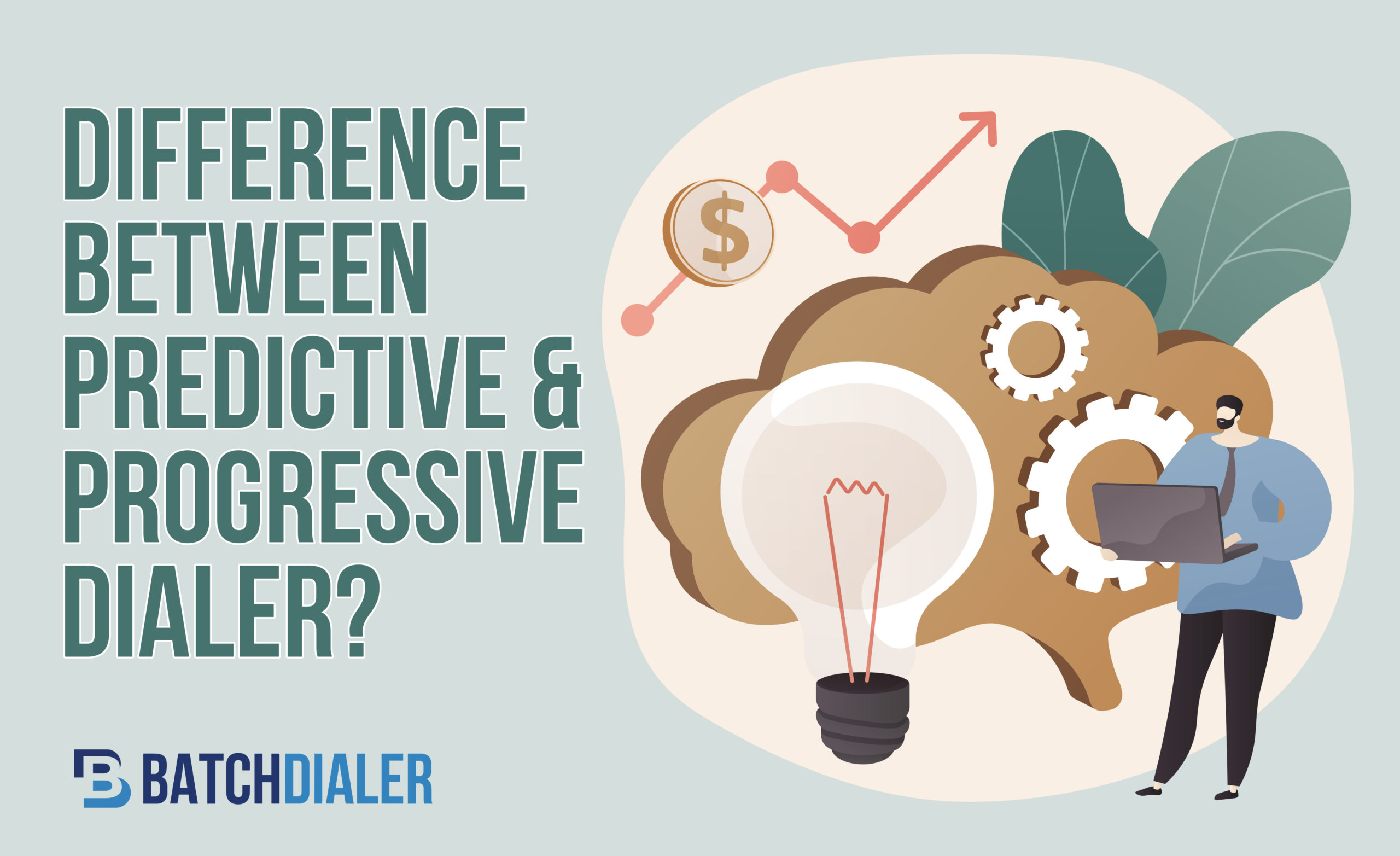If your organization is considering adding a dialer to its tech lineup to streamline phone operations, you should first ask what kind works best for your needs? Progressive and predictive builds are popular for automated dialing for different reasons, and understanding the pros and cons of each is essential to making the right investment for your company.
Which Industries Use Dialer Technology?
If your company has a call center, you are in an industry where some players use a dialer. They are essential for high-volume call centers because they save so much time in the aggregate by connecting customers and company representatives so that your employees can focus all their attention on contact time with the customer. Any call center that handles a relatively large volume of outbound calls will benefit from a dialer because of the time saved, even if outbound calls are not the focus of the operation.
What Is a Progressive Dialer?
Progressive dialers automatically dial the following number on the automated list once a call is over, streamlining the connection between call center staff and the person they attempt to reach. Since it removes the choice of when to connect from staff, delays between calls are shortened to the period it takes for the connection to be made. This lowers the cost per call, making it ideal for high volume call centers where it is expected that a high percentage of calls will either fail to connect or convert. With this being said, your staff has the chance to handle more calls per day while operating at the same cost.
What Is a Predictive Dialer?
Predictive dialers take the streamlining one step further. They assume that a certain percentage of the calls made will fail to connect, queuing up connections and serving them to the first available call center staff member. Predictive dialers are favored by call centers with a very low conversion rate per call made and a very high volume of outgoing calls to compensate for it. One great example is cold calling real estate leads. Since these systems over-dial to keep the queue full, they need to be appropriately calibrated to the speed of your operation.
Progressive Dialer Pros & Cons
Progressive dialing systems are advantageous in many cases and often provide enough streamlining to suit the needs of the call center. They reduce the time between calls without eliminating it, so your staff has a chance to prepare mentally and to adjust the trajectory if the call has a slightly different purpose than the one before it. They also allow you to control the queue and to manage other details on a location-wide basis.
Update Call Lists and Change Orders
Choose to serve individualized contact lists to each user or to pull from the same pool. Eliminate errors in dialing and the time spent on unintended connections. Show staff the name and location information needed to individualize very similar calls. Get more done on each shift, even when you need to make changes on the fly. There are a few disadvantages to progressive dialers as well. The biggest one is that they still lose that time making the connection. Some operations also consider the full automation of the call timing a drawback. Cases like that would include outbound calls where a significant amount of individualized information needs to be brought to bear for each one. Those call centers would benefit from a dialer system that allows employees to control when calls are placed rather than a fully automated system.
Predictive Dialer Pros & Cons
Predictive dialers deliver all the time-saving features progressive dialers do, plus they speed up operations even more by making sure call center employees have connections ready as soon as a call ends. This is great because it allows for even higher call volumes with the same number of staff, lowering costs even more. However, it can cause a few issues if your model does not fit your call center’s capacity.
If outbound calls are left queued for significant periods of time, they tend to disconnect. Call center staff can easily wind up overwhelmed if served too quickly, harming efficiency and morale. There is no time to reset and change details about the presentation, so scripts need to be practically identical from one call to the next.
The predictive dialer is often used to follow up on leads in industries that depend on cold calling and in other similar cases. You must consider the needs and professional capacity of your staff when deciding how quickly to serve calls and how often to give them breaks to reset and recharge.
Which Dialer Is Right for Your Business?
Most high-volume call centers will find a progressive dialer speeds things up nicely while keeping the pace down to a manageable level for staff. They are ideal for situations where calls need to be responsive to individual questions and various possible responses, like marketing surveys or polls. Predictive dialers are better for situations where calls are likely to be screened out or terminated upon connection at a greater rate than usual. The lower the per call conversion margins get, the more sense it makes to move to a predictive model to keep staff engaged with work at a regular pace. Keep that in mind as you consider your choices.



